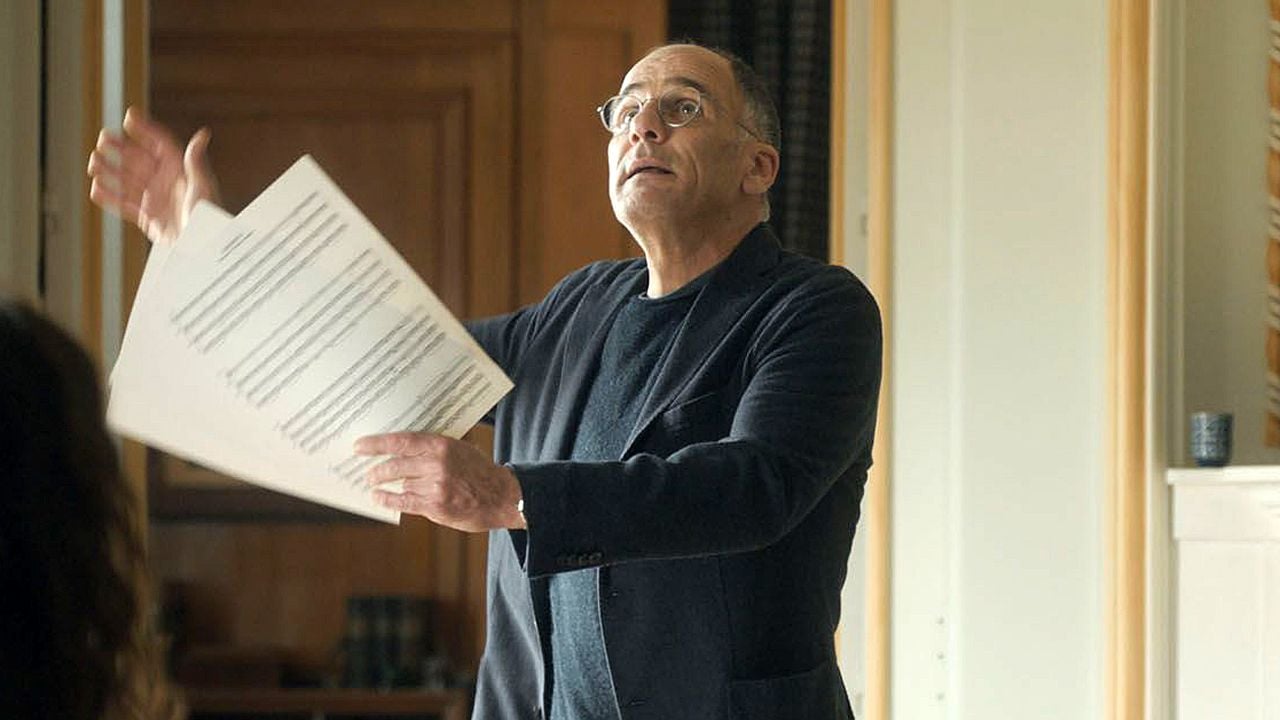From a story that promoted love to transphobic statements: in times of hatred discourses disguised as opinion, ignoring the author really option?
In recent weeks, JK Rowling He returned to stamp headlines. Because of a new publication? An award? None of that. The author of Harry Potter He stood out again for his transphobic position, now celebrating, on social networks, the decision of the British Supreme Court, which legally defined the concept of women based on biological sex. The celebration rekindled a thorny debate: is it possible to separate the author from her work?
Hogwarts corridors to the social networking court
The court decision was a hard blow to British trans women, who for over 15 years struggle for legal recognition and protection under the law of equality – legislation that fights gender discrimination and encourages female inclusion in the labor market.
The case was taken to the Supreme Court by a group called for Women Scotland, who opposed the attempt to extend the rights of the law to trans’s people. In his X (former Twitter) profile, Rowling celebrated:
“It took three extraordinary and tenacious Scottish women to be heard by the Supreme Court and, when they overcome, protected the rights of women and girls throughout the UK.”
IT TOOK THREE EXTRAORDERY, TENACIOUS SCOTTISH WOMEN WITH AN ARMY BEHIND THEM TO GET THIS CASE HEARD BY THE SUPREME COURT AND, IN WINNING, THESE PROTECTED THE RIGHTS OF WOMEN AND GIRLS ACROSS THE UK. @ForWomenscotI’m so proud to know you 🏴💜🏴💚🏴🤍🏴 https://t.co/jevcscvvgs
– JK Rowling (@jk_rowling) April 16, 2025
Shortly thereafter, he posted a picture holding a glass of whiskey and a cigar, with the caption: “I love it when a plan works”. Check it out:
I love it when a Plan Comes Together.#Supremecourt#Womensrightspic.twitter.com/agokwmhpgb
– JK Rowling (@jk_rowling) April 16, 2025
Creator and creature is a (im) separation as possible?
Since 2020, the author has been increasingly positioned against the rights of the trans population. And with that, the old dilemma of the separation between creator and creature gains a new chapter. How to deal with the complexity of an author, who created a universe that taught millions about friendship, love and courage, and now publicly attacks a historically marginalized group?
This is not an exclusive matter to Rowling. In Brazil, Monteiro Lobato It is another name often cited in this dilemma. Responsible for works of children’s literature, as Yellow Picapau Siteis also criticized by racist passages in their texts and letters expressing support for the eugenic regime.
JRR Tolkiencreator of The Lord of the RingsNor does it escape unharmed: many point to racialized and problematic traits in the descriptions of their stories. Light skin heroes and villains (such as orcs) often associated with “deformed” physical characteristics and dark skin.
These marks do not appear by chance. Tolkien lived during the height of apartheid South Africa and European colonization in Africa and Asia. Even if unconscious, these influences show the metaphors and imaginary.
The list of similar cases continues: Kanye West, Woody Allen, Roman Polanski, Johnny Depp… In all of them, the artistic talent comes with behaviors or discourses that challenge the uncritical consumption of their works.
At this point, it is worth remembering an iconic character: Victor Frankenstein. In the classic of Mary Shelleythe scientist decides to create life from corpses – and rejects the creature as soon as he sees it. Rejected and marginalized, the monster becomes a tragic and dangerous figure, precisely because its creator refuses to take any responsibility.
History is often read as a warning about the limits of science, but it can also be interpreted as a metaphor about the relationship between Creator and Creation. Such as Shelley It reminds us: who creates something, whether a creature or a cultural work, shares with it part of your worldview. After all, the works are not isolated – they have the origin, intent and impact.
Dead author, living context: Barthes vs. New historicism
This bond between author, work and context is addressed by two fundamental critical theories. The rehearsal The author’s deathfrom Roland Barthesstates that the meaning of a text no longer belongs to the author after it is published. Interpretation becomes a construction of the reader. With this, he proposes the release of reading the creator’s intentions, allowing the text to exist by itself. But that doesn’t mean ignoring the Creator-just decentralizing it-which is different from exempting your responsibility.
The critical current of New historicismemerged in the 1980s with authors such as Stephen Greenblattthe author’s historical, social, political and biographical context is fundamental to understand the layers and meanings of the work. That is, to really understand a work, it is necessary to know its time, its author and the power structures that cross it.
The echoes of transphobic discourses in Rowling’s work
When we look at this lens to the work of RowlingFor example, we see how their personal positions are not detached from their stories – on the contrary, they cross characters, villains and symbolic representations.
In Bloodshed (2020), book signed by the author under the pseudonym Robert Galbraiththe villain is a serial killer who dresses as a woman to murder women. An uncomfortable detail, especially coming from an author who has repeatedly expressed her contempt for trans identities. Coincidence? Or reflection of transphobic stereotypes of those who created it?

The answer to this question requires that we consider not only what is on the pages of books, but the real impact these pages can have, because fiction works are not just entertainment – they actively participate in the formation of social values, beliefs and imaginary imaginary. And at this point, culture is no longer a neutral to become an arena of political dispute.
The political scientist Joseph Nyein your book Soft Powerargues that culture is one of the tools of global influence. According to him, the ability of a country (or group) shaping preferences and behaviors through cultural goods is a subtle but powerful way to exercise power. Therefore, movies, books and music not only entertain: they create symbols, spread values, and shape perceptions.
So what to do with these works? Cancel? Ignore? Burn?
This is not about that. Perhaps the answer is in criticism, not in censorship. It must be acknowledged that, however comfortable it may seem, the separation between creator and work is a convenient fiction – and often harmful. If artists have the power to influence the world with their narratives, they also have a responsibility for what they put in the world. And we, as a public, have the right – and the duty – to decide what we will consume.
See this photo on InstagramA publication shared by Cinebuzz (@cinebuzzbr)
Read the original article in:JK Rowling, Harry Potter and why we don’t separate creator and creature
What was the best movie of 2025 so far? Vote for your favorite!
- Baby
- Babygirl
- Anora
- Conclave
- Perfect escort
- Captain America: Admirable New World
- Flower
- The brutalist
- A complete unknown
- Mickey 17
- Victory
- The best friend
- High tide
- Snowwit
- West again
- A MINECRAFT movie
- Sinners
- Thunderbolts*
- Man with h
- Karate Kid: Legends
Source: Rollingstone
Emma Jack is a writer at Gossipify, covering fashion, beauty, lifestyle, and pop culture trends. She stays current on the latest trends and offers readers up-to-date information on what’s hot in the industry. With a background in fashion journalism from Parsons School of Design, she offers a unique perspective and analysis of current trends.









